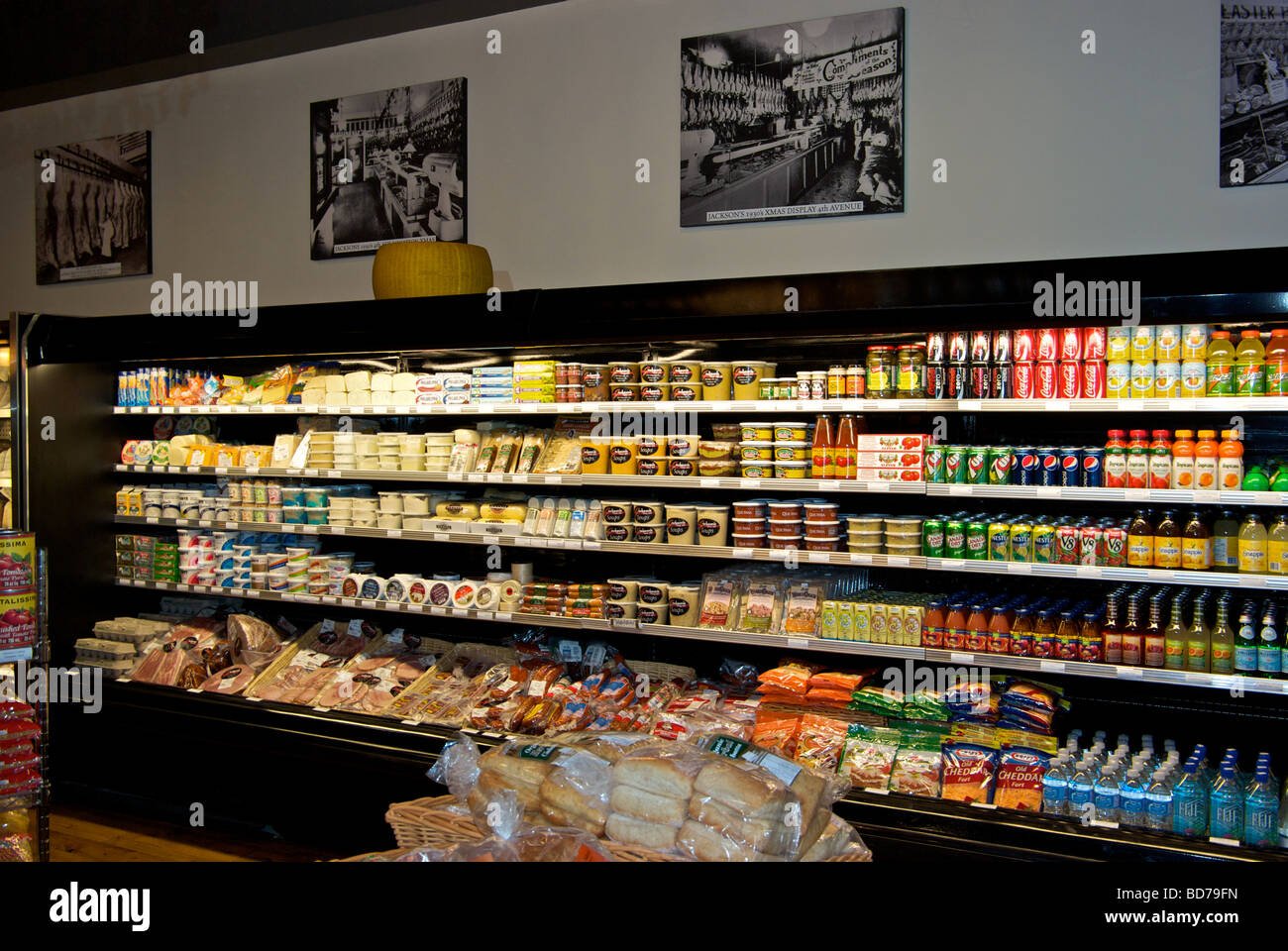
- GRSYNC CANOT OPEN DISPLAY FOR FREE
- GRSYNC CANOT OPEN DISPLAY HOW TO
- GRSYNC CANOT OPEN DISPLAY INSTALL
GRSYNC CANOT OPEN DISPLAY FOR FREE
What if there was a better way to do this? Maybe one day we can all just forget about troubleshooting build dependencies, and simply focus on the projects’ code itself? I have good news: Developer environments can be automated, in the form of scripts and Dockerfiles in your repository, in a way that allows anyone interested in your project to get a ready-to-code environment for free in seconds, without having to worry about dependencies ever again. In the software industry, we collectively lose too much time and energy setting up many projects, on countless systems, often in half-broken ways. In fact, that repository’s setup instructions were already pretty helpful, but still we frequently face these kinds of setup problems - you probably have similar stories of your own. If you’re a developer, this scenario probably sounds familiar. Sadly, I hadn’t been able to run this project even once. Yet somehow the project still wouldn’t build, showing yet another error, but by then I was out of free time and had to call it a day. After a few similar iterations, I guessed that the project probably needed all PostgreSQL build dependencies, so I went ahead and installed all that. Next it was libreadline6-dev that was missing.
GRSYNC CANOT OPEN DISPLAY INSTALL
I figured out the right incantation to install it on my machine, then tried again. Investigating a bit revealed that some build command was failing due to a missing package: zlib1g-dev.

as suggested, I was soon faced with a rather cryptic build output. So I cloned their repository, and looked at their README for a way to build their code.Īfter activating a Python 3.7 virtual env and running pip install -v -e. It proposed a new type of database that I was dying to try out. Xsecurity manpage or the X Security extension spec.I recently stumbled upon a new project on GitHub that peaked my interest. If you want to know more about those things I suggest reading the (make screenshots, do keylogging and other nasty stuff) and it is even Other graphical (X11) client could sniff data from the remote machine This last option can open security problems. Some security settings you'll receive an error instead.īut if you use ssh -Y remotemachine the remote machine is treated as Machine and receives the graphical output. So your local client sends a command to the remote If you use ssh -X remotemachine the remote machine is treated as an

or just ForwardX11 in /etc/ssh/ssh_config, then run $ ssh -Y, to enable trusted X11 forwarding, don't know the exact cause but I'm guessing with -X some features expire after some time, probably to increase security.

If you have this problem after some time when running with -X arg. Note: IP is the local workstation’s IP where you want the GUI If you still get the “cannot open display” error, set the DISPLAY You can open any GUI application which will open it without any issue. $ ssh -XĮnable trusted X11 forwarding, by using the -Y option, $ ssh -YĪfter opening ssh connection to the remote host as explained above, While doing ssh use the option -X to enable X11 forwarding. $ xhost +Īccess control disabled, clients can connect from any host You can allow clients to connect from any host.
GRSYNC CANOT OPEN DISPLAY HOW TO
From xhost+ : How to Fix “Cannot Open Display” Error While Launching GUI on Remote Server:Īnswer: You can fix the “cannot open display” error by following the xhost procedure mentioned in this article.Īllow clients to connect from any host using xhost+Įxecute the following command to disable the access control, by which


 0 kommentar(er)
0 kommentar(er)
